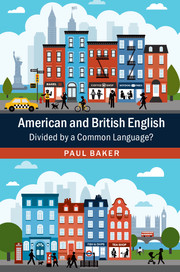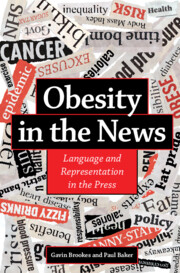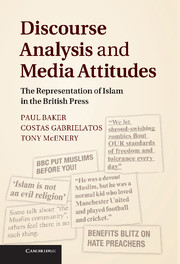American and British English
Is British English becoming more like American English? If so, why, and in what ways? This book compares examples of American and British language data from the 1930s, 1960s, 1990s and 2000s, to track the most important ways that both varieties are changing over time, and compares the extent to which they are following similar paths using a mixture of computer and human analysis. The analysis is carried out across several levels, including spelling differences (such as colour vs color), vocabulary (truck vs lorry), and a range of morphological, grammatical, semantic and pragmatic features. Baker explores the changing aspects of American and British society which help to explain the findings.
- Uses a fully corpus-driven approach, that doesn't rely on testing a set of pre-existing hypotheses
- Showcases a set of methods that can be used in conjunction with one another to carry out a comparative analysis of two sets of diachronic corpora and can be adapted for other corpus studies
- Provides analysis that goes beyond statistical tests and quantitative descriptions to consider context both within and outside the corpus
- Includes eight matched corpora from four decades which allows for better comparisons to be made, rather than a snapshot at a single point in time
Reviews & endorsements
'An engaging, in depth look at British and American English. In addition, Baker demonstrates a range of methods for analyzing language at many levels, and for contextualizing the results.' Randi Reppen, Northern Arizona University
'American and British English: Divided by a Common Language provides a comprehensive, well-illustrated, and interesting description of how American and British English have changed from the 1930s through the 2000s, focusing on such topics as spelling differences, word frequency variations between the varieties, and the use of profanity and discourse markers.' Charles Meyer, University of Massachusetts, Boston
Product details
September 2017Paperback
9781107460881
276 pages
227 × 152 × 15 mm
0.41kg
Available
Table of Contents
- 1. Introduction
- 2. Spelling differences
- 3. Letter sequences and affixation
- 4. Higher frequency words
- 5. Lower frequency words
- 6. Part of speech categories
- 7. Semantic categories
- 8. Swearing, identity and discourse markers
- 9. Conclusion.










